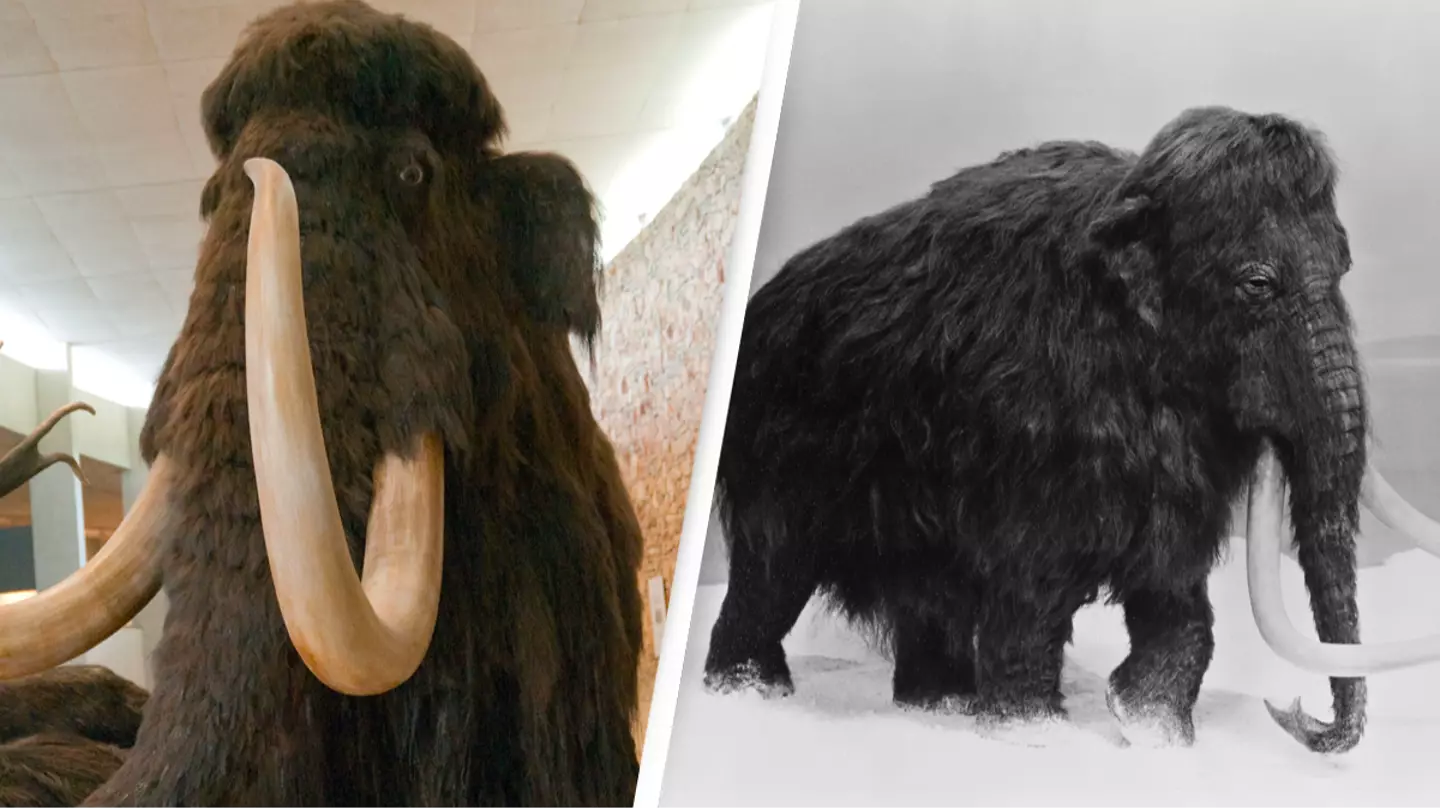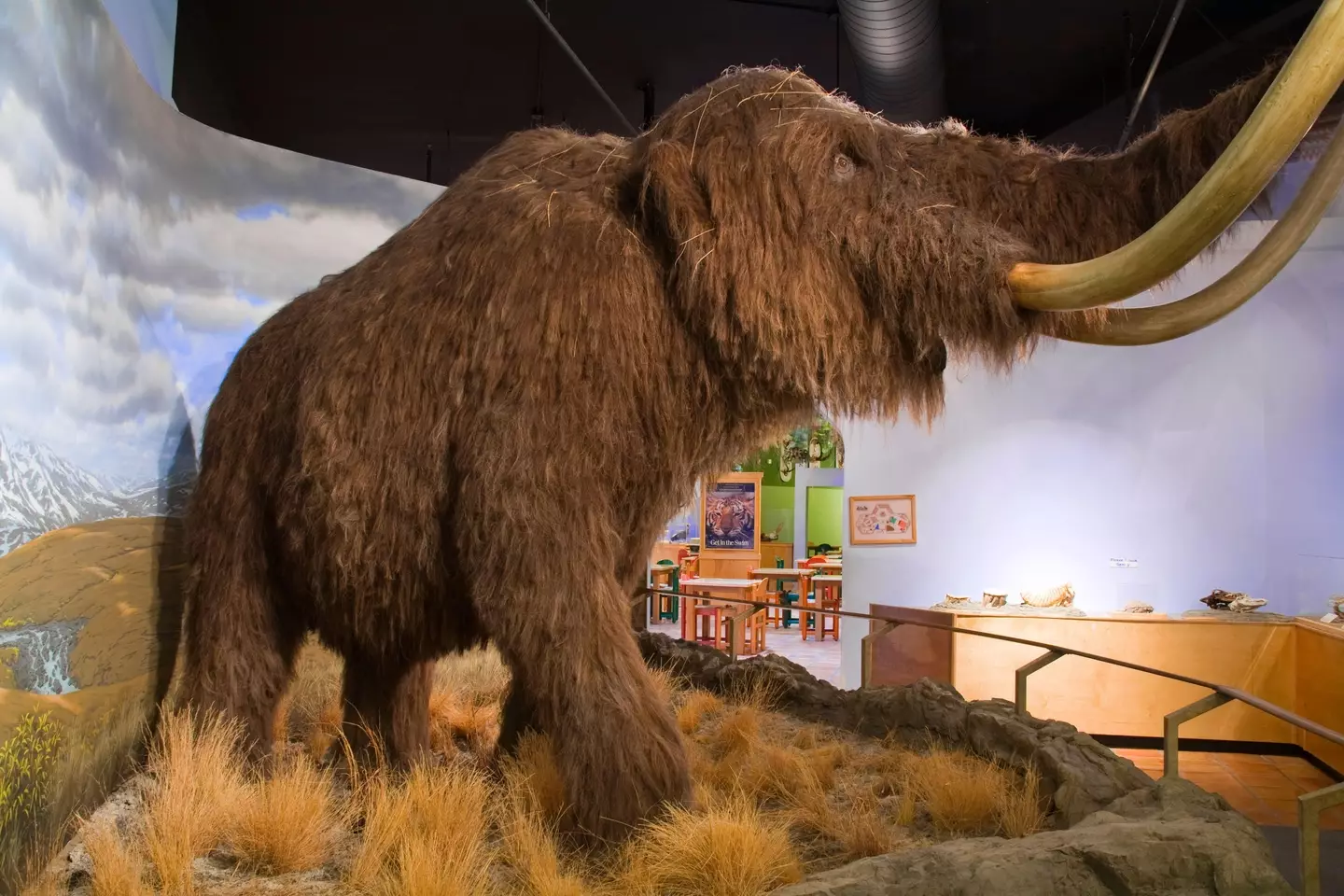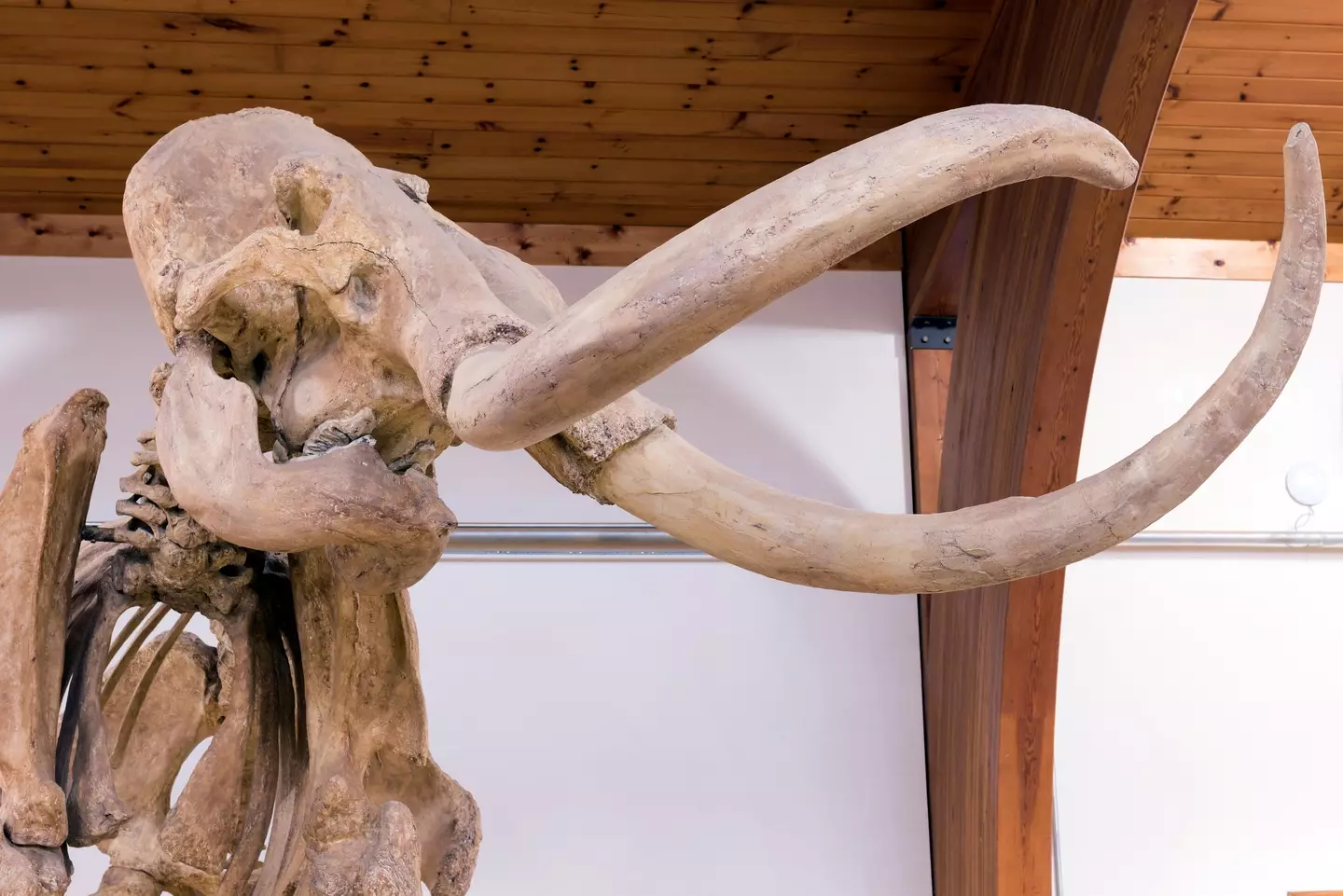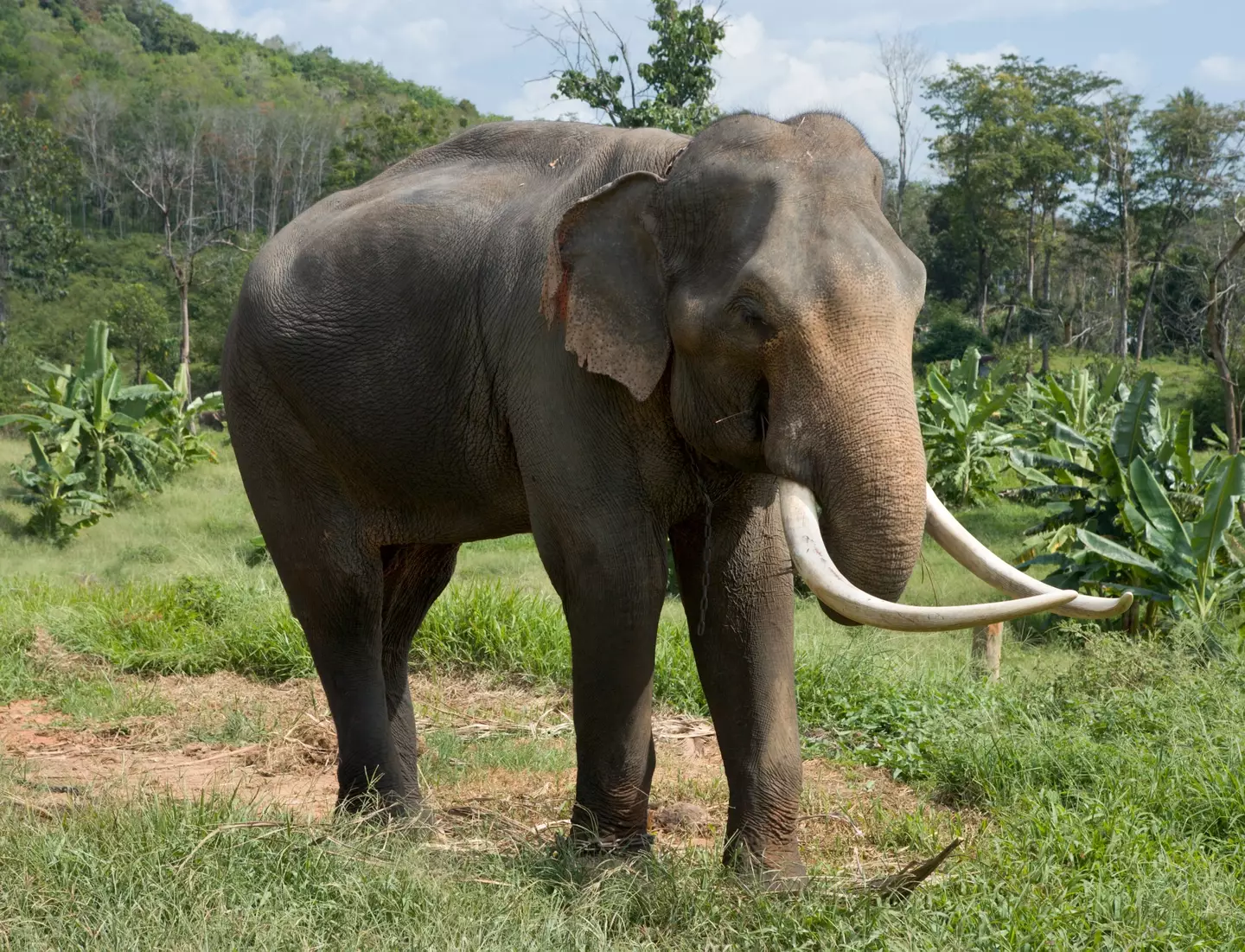
Ice Age fans rejoice - it looks like woolly mammoths may no longer just belong to the history books and could well be real animals again in our lifetimes.
This is all thanks to the efforts of scientists who are in the process of reincarnating the ice age beast with a plan to bring it back in as little as four years.
News of the mammoth's return was broken by the biotech company Colossal, who are working on its reincarnation of sorts - having begun the project back in 2021.

Advert
Last year, the company recently got another big boost in the form of $60 million in funding for 'Series A', which will help them continue the gene-editing work required to bring the animal back to life.
The firm said that they're planning to reintroduce the woolly mammoth to the same ecosystem it used to live in.
Apparently, this could help the Earth today as it fights climate change, according a recent Medium post.
This is because the mammoth has huge migration patterns that will help improve the Arctic's ecosystem.
Advert
The original plan was to reintroduce the animal into Siberia, but this was rethought in light of the world's current situation.

According to Colossal, the woolly mammoth's DNA is a 99.6 per cent match with the Asian elephant, which is why they believe they can bring it back.
"In the minds of many, this creature is gone forever," the company said.
Advert
"But not in the minds of our scientists, nor the labs of our company. We’re already in the process of the de-extinction of the Woolly Mammoth. Our teams have collected viable DNA samples and are editing the genes that will allow this wonderful megafauna to once again thunder through the Arctic."
The animal will be brought to life through gene editing, which will be used to create a woolly mammoth embryo.

This embryo will then be implanted in an African elephant that will act as a surrogate.
Advert
However, the company stated that the new animal may not be an exact biological match for the one it is replacing - but rather a hybrid.
"Colossal's landmark de-extinction project will be the resurrection of the Woolly Mammoth - or more specifically a cold-resistant elephant with all of the core biological traits of the Woolly Mammoth," they explained.
"It will walk like a Woolly Mammoth, look like one, sound like one, but most importantly it will be able to inhabit the same ecosystem previously abandoned by the Mammoth’s extinction."
